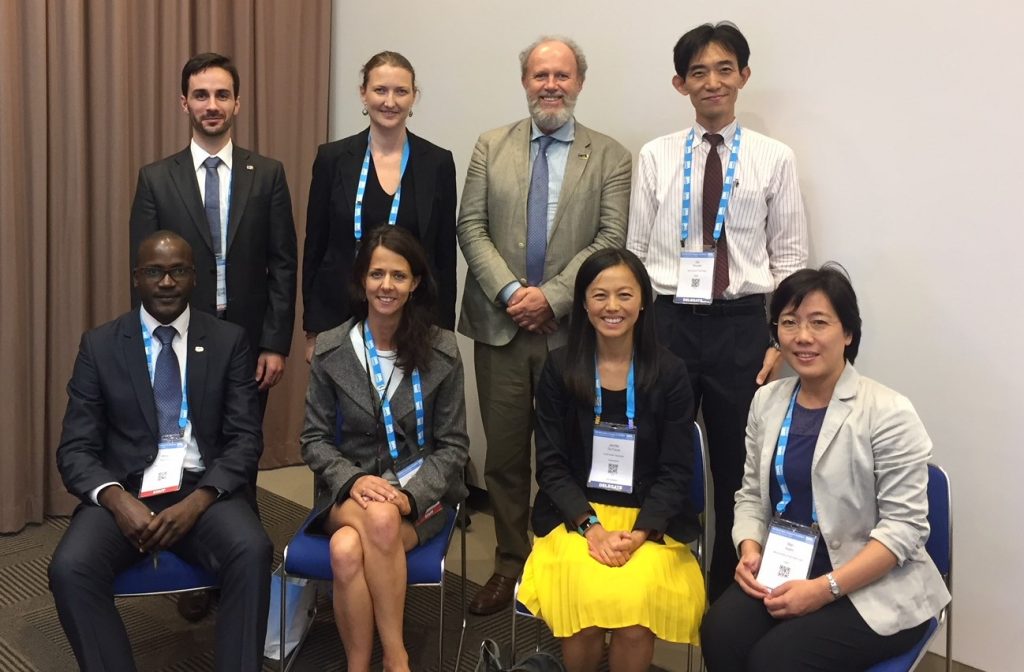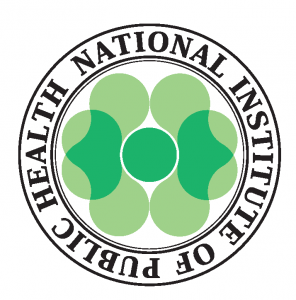The Importance of Operation & Maintenance Activities
Over recent decades progress has been made in expanding water supply and sanitation services to the un-served. However, the sustainability of existing and new infrastructure to deliver these services can be seriously undermined due to a lack of effective and well-resourced operation and maintenance (O&M) in an enabling institutional framework. Lack of, or insufficient operation and maintenance of water and wastewater systems contribute to the vicious cycle of underperforming service providers operating in often perilous financial circumstances; this can ultimately lead to poor service delivery that compromises public health. In this connection it is important to not only think in terms of the conventional water-borne infections; aging infrastructure in many low- and middle-income countries causes frequent leaks resulting in intrusion of wastewater into water systems and could cause outbreak of water-borne diseases.
Advocating the importance of essential O&M activities for water and wastewater systems to key stakeholders and supporting their implementation within an enabling policy framework and through an efficient institutional structure goes a long way to ensuring the sustainability of water supply and sanitation services. The benefits of improving operation and maintenance of water and wastewater systems include reducing operating costs (OPEX), increasing revenue streams and improving the ability to consolidate and expand service delivery. However, there are a variety of institutional, financial and technical barriers to making these improvements. The bottom line is that in the planning of water and sanitation systems and services, economic evaluations may show a poor rate of return and it is then easiest to delete or externalize the O&M component.
Internationally recognized planning and management approaches such as Strategic Asset Management (SAM), Water Safety Planning (WSP) and Sanitation Safety Planning (SSP) inherently support and promote good O&M practices of water or wastewater systems.
All three of these approaches are gaining greater prominence and increasing applicability in low- and middle-income countries and offer an ideal context to promote good O&M.
Dai Simazaki, Coordinator of Operation and Maintenance Network
National Institute of Public Health, Japan
About the O&M Network
The Operation and Maintenance Network aims to contribute to the sustainability of water and wastewater services, and through that public health, by improvements to operation and maintenance in water and wastewater services in developing countries. The Network facilitates the exchange of experiences, knowledge and information on O&M of water supply and wastewater systems by bringing together service providers, external support agencies and other stakeholders.
Strategic Objectives
Increase awareness amongst key stakeholders of the importance of effective and well-resourced operation and maintenance of water and wastewater systems to safeguard public health;
Generate and disseminate tangible results for improving performance of water and wastewater systems through the implementation of effective and efficient procedures for operation and maintenance of water and wastewater systems, whenever feasible in the context of Water Safety Plans or DEWATS;
Generate and disseminate tangible results for improving the financial viability of water and wastewater service providers through the implementation of effective and efficient procedures for operation and maintenance of water and wastewater systems and adoption of Strategic Asset Management.
Website Migration
Practitioners previously accessed the O&M Network at www.operationandmaintenance.net. This website contained a comprehensive library of case studies, manuals, guidelines, checklists and other reference documents. This library has been migrated to the “Resources” section below (effective 31 March 2019).
Partners & Network
The O&M Network is the product of a partnership between the National Institute of Public Health of Japan (NIPH), the World Health Organization (WHO) and the International Water Association (IWA).
The network comprises practitioners, researchers, consultants, policy makers and other sector professionals interested in this theme. These members prepare and revise O&M tools and promote the need for action towards effective O&M. Experts from IWA Specialist Groups provide technical support, facilitate the exchange of information and assess the applicability of tools in developing countries. Together with the O&M Network they undertake action to improve O&M in these countries.
History
The O&M Network has its origins in a process which started in 1988 when a group of institutions decided to join efforts to support the improvement and performance of the drinking water and sanitation sector. As a result of this joint effort, the Operation and Maintenance Working Group (OMWG) of the Water Supply and Sanitation Collaborative Council (WSSCC) commenced operations in 1990, led by the World Health Organization (WHO) and coinciding with the end of the International Drinking Water Supply and Sanitation Decade.
The coordination of the O&M Network was handed over from WHO to the National Institute of Public Health of Japan (NIPH) in 2000. Linked to that transition, the Water Supply Division (WSD) of Japanese Ministry of Health, Labour and Welfare started contributing financially to the WSSCC/WHO portfolio of collaborative projects, which was the focus of the OMN 2001 to 2007. The termination of support by WSSCC in the course of 2007 led to a restructuring of the OMN framework through the new partnership between NIPH and IWA, and the WSD of MHLW contributed financially to the IWA/WHO collaborative project commencing in 2008 through to the present day.
Working together with IWA Specialist groups on Strategic Asset Management, Water Safety Planning, Design, Operation and Costs of Large Wastewater Treatment Plants, Design, Operation and Maintenance of Drinking Water Treatment Plants, and Small Water and Wastewater Systems, the O&M Network supports improvements to operation and maintenance of water and wastewater services in low and middle income countries.
Relevant Links
The O&M Network collaborates with the organizations and networks listed below to expand our reach and improve operation and maintenance across the globe.
The Rural Water Supply Network (RWSN) is a global knowledge network, of 2000 individual professionals and practitioners, which is thematic in nature, focusing on four flagships: cost-effective boreholes, self-supply, sustainable rural water supplies and hand pump technologies. RWSN acts as a depository of knowledge and provides support to sector partners; it pools the experience and expertise of its members and places the results of their work in the public domain through the production of publications and international specifications. RWSN has freely accessible resources regarding these four flagships.
Sustainable Sanitation and Water Management Toolbox
This open-source toolbox contains a large amount of free factsheets on sustainable water management, sanitation, and how agriculture relates to them. It helps you to get an overview and prioritise local problems, and then presents a selection of both hardware tools / technologies and software approaches that could be of help in solving those problems. Furthermore, the toolbox also contains a large “planning and process tools section”. The SSWM Toolbox provides access from comprehensive factsheets of tools and approaches, supporting technical documents and further readings to case studies, awareness and training materials – even ready-made PowerPoints on many subjects are available! –topped with links, an interactive glossary, and a large library.





